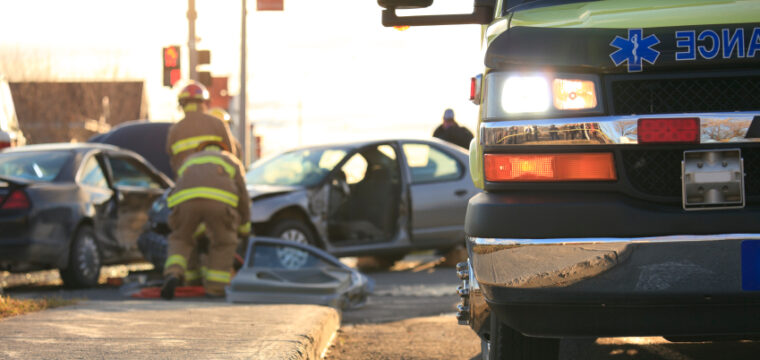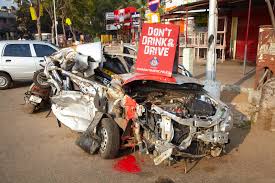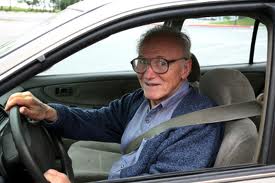Over the weekend, a 7-year old girl was struck and killed in front of her elementary school in West St. Louis County. She and her father were headed to an annual father-daughter dance and had parked in an overflow lot across the street from the school. While crossing the street, they were struck by a driver pulling out of the school parking lot. It is early in the investigation of this accident, so there is no evidence that the driver or the pedestrians were distracted by their phones or something else. However, this is a sad reminder that we all need to slow down and pay attention to the task at hand – whether we are driving or walking.
Distracted driving and distracted walking are becoming an epidemic. People are so focused on “other things” they tend to forget to focus on the task at hand. It happens all of the time.
Obviously, we are visually and manually distracted by our phones and electronic devices. We feel the need to constantly check and respond to email, voicemail, texts and social media pages. But we are also cognitively distracted by what’s on our minds. It could be a phone conversation or daydreaming about the list of things we need to get done that day. We think about the next thing we need to do. Drop off Susie. Pick-up Billy. What’s for dinner? When will we get homework done? I have to finish those reports for that meeting at work tomorrow.
There are a million things that can distract us while we are driving or walking. But it’s our responsibility to be cautious and safe drivers and pedestrians. That means focusing solely on the task at hand. One hundred percent of the time.
If you are driving:
- Put the phone down.
- No texting or talking. Every distracted driving study has shown that talking on a hands-free device is just as dangerous as talking on a hand-held device. This is because the act of talking on the phone – even if it’s on a hands-free or blue-tooth device – is a cognitive distraction. Our minds are on the conversation instead of on the road. A driver deep in phone conversation has inattention blindness, which is similar to tunnel vision where they fail to see up to 50 percent of the objects in their surroundings.
- Program GPS coordinates before you start driving. Pull over if you need to change them.
- Check texts, voicemails, and emails before you start driving. If you have to respond, pull over to a safe spot.
- Do not play with the radio settings, apply make-up, read a book, glance at your phone, look up stuff on the internet or pick-up something off the floorboards while driving. Studies have shown that reading a text while driving is like driving the length of a football field while blindfolded.
- Do not eat or drink while driving.
- Be extra cautious around schools, crosswalks, busy intersections, sporting events, or any other events with large crowds.
- Do not wear headphones or earbuds while driving.
If you are a pedestrian:
- Do not wear headphones or earbuds while walking by busy roads or railroad tracks.
- Obey all traffic signs and signals.
- Cross roads only in designated crosswalks.
- Do not walk and look down at your phone or tablet.
- Keep your head up and eyes open.









